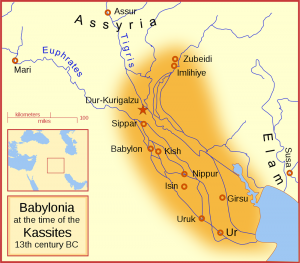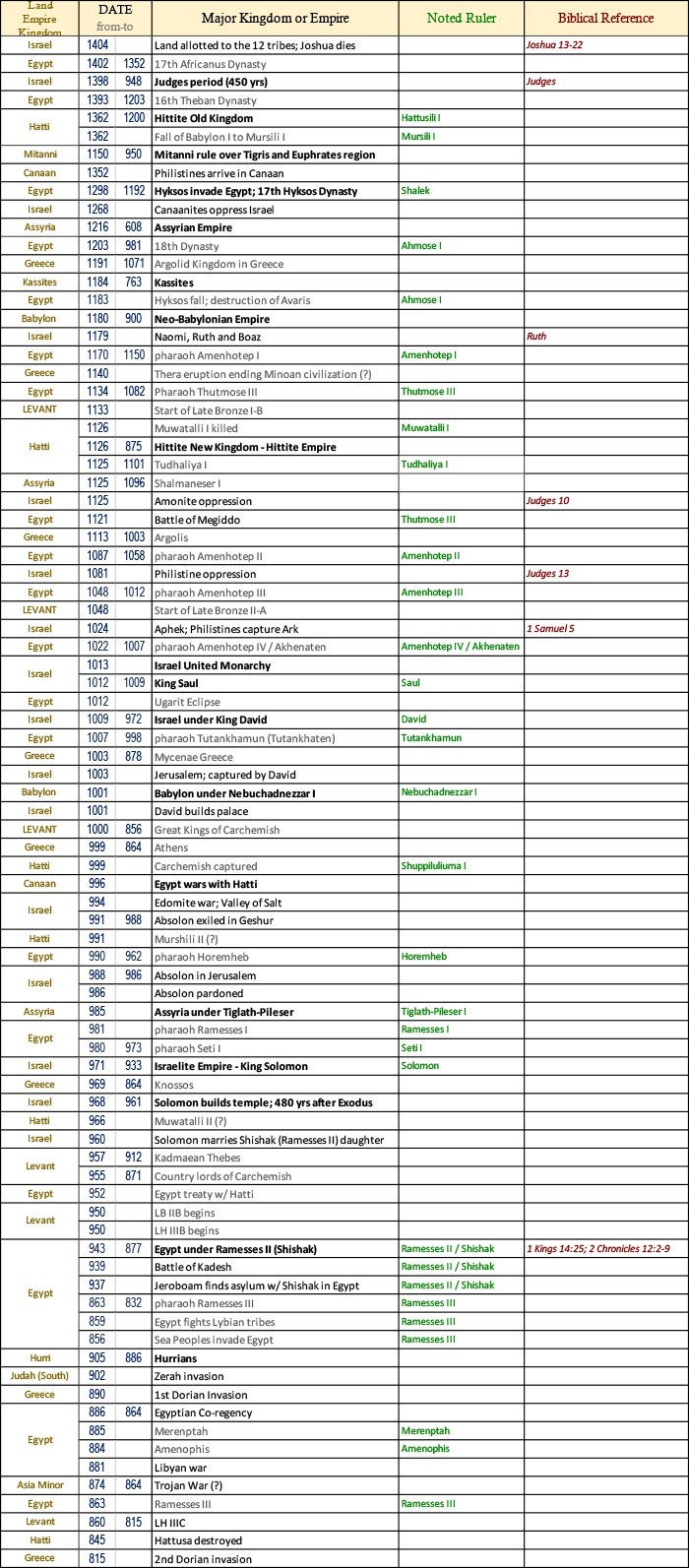History of Warfare #4 – C. 1150-856 BC
Bible Battles take place in a relatively small area of the Levant (which, in itself, is only a tiny part of what we today call the Middle East). Between (and including) the period of the Judges and the emergence of Israel as a kingdom, other empires fought to conquer this fertile territory. Events in history worked to the advantage of God’s plan. We can see how the superpowers of Egypt and Hatti fought each other to a standstill, leaving, for a short period, the land open for God’s people to take over.
Special thanks to Dr. Robert L Diss Jr. for his materials on this topic.
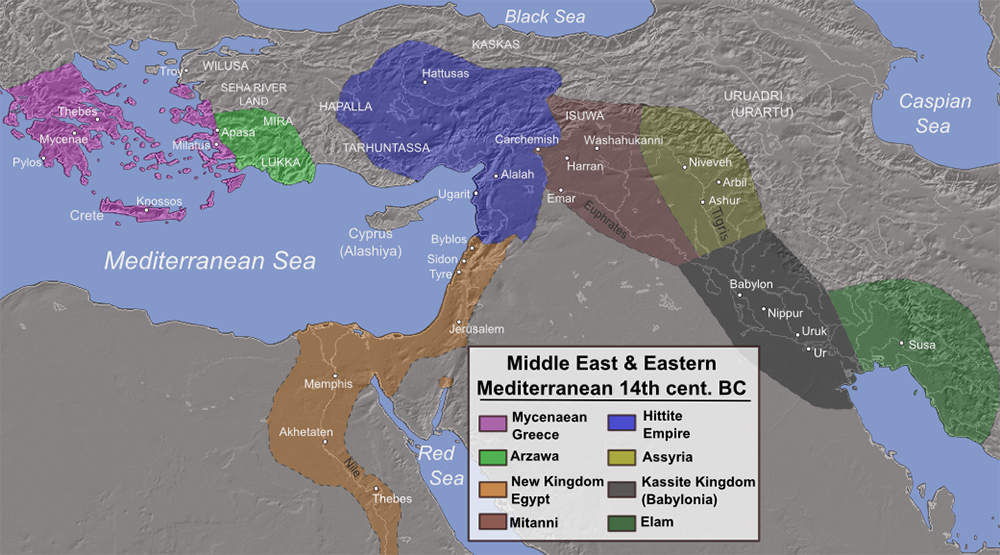
Outer Kingdoms of the First Millennium BC
MITANNI – c. 1150-950 BC
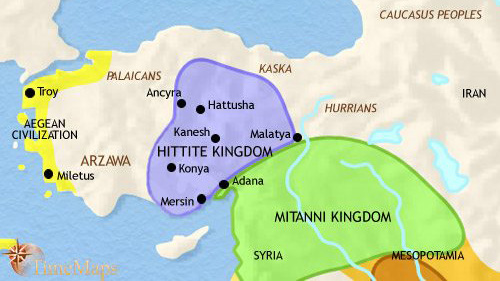
Mitanni was a multiethnic empire composed of different kingdoms spread out through the land between Anatolia (modern Turkey) and Babylon (modern Iraq).
Mitanni took brief control of the region in the Tigris and Euphrates basin between the fall of Amorite Babylon to the Hittites around 1150 BC. They had healthy relations with the Kassites and Hurrians. [1]
After the Battle of Megiddo (1121 BC) Egypt pushed Mitanni to a narrow region in northern Syria. By 1058 BC, Mitanni had fought Egypt to exhaustion and made peace.
By 950 BC the Hittites and Assyrians had reestablished rule in the region and Mitanni was reduced to a province within the Middle Assyrian Empire.
[1] Some historians place the Kassites and Hurrians within the bounds of Mitanni.
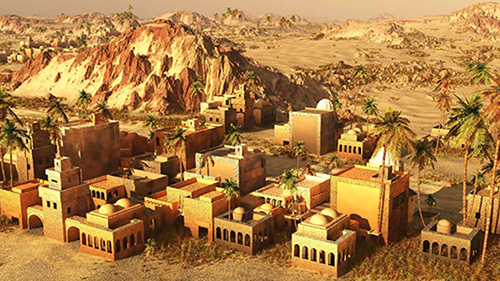
The KASSITES – c. 1184-763
When Matanni rose in northern Mesopotamia, the Kassites occupied the south. Their major accomplishment was to unify Mesopotamia into one culture centred around Babylon instead of allowing the separate independence of the surrounding city-states. This unification was in part possible because the Kassites were outsiders to this region. From their vantage point, they were able to discern what the Mesopotamians had in common while the Mesopotamians themselves only saw the differences that kept their cities apart.
The Kassites launch naval expeditions down the Persian Gulf to attain more land there.A system of debt slavery imposed on the conquered subjects became the norm in the kingdom. Temple organization provided the people with loans and advances in return for labour. The use of labour commitment to pay off debts was similar to what the Hebrews had with the Mosaic Law. Historians and theologians often overlook that a critical difference in the Hebrew Law was that it prescribed the cancellation of debts after seven years, avoiding a society of perpetual enslavement. The amnesty demonstrates the contrast between oppressive kingdoms like the Kassites with an Israel led by a benevolent God of compassion and peace.

NOTHING NEW UNDER THE SUN
America’s Federal Reserve Bank, which has nothing to do with federalism, is a private consortium created in 1913 which holds the country in perpetual debt through interest accumulated for each bill it prints and puts in circulation.
The Kassite Dynasty lasted 440 years until 763 BC. It collapsed attacks by Assyria in the north, Elam to the east and Aramean nomads to the west. Elam took over most of the territory. King Nebuchadnezzar would later briefly avenge the Kassites in his attack on Elam.
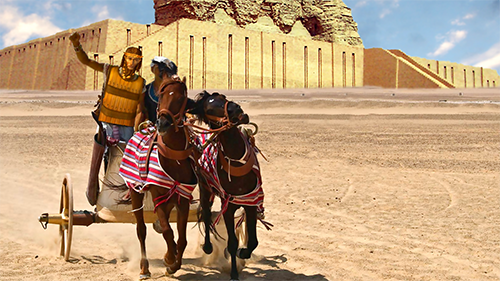
The HURRIANS c. 905-886 BC
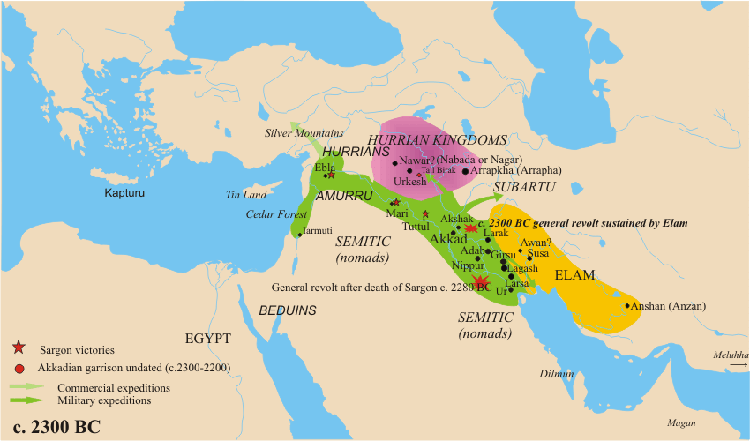
Also known as Hanigalbat, the Hurrians were Indo-Iranian warrior people who filled the vacuum left in central and northern Mesopotamia after the segregation and fall of their city kingdoms. They propagated the language that became the official throughout Mitanni. Hurrians controlled territory from Eastern Anatolia to the Tigris, Kaddesh, Syria and Assur.
The army was built around the chariot corps which, like an honour guard, was commanded by the king. Their main adversary in the Levant was the Hittite Empire which they confronted in northern Syria and the New Kingdom of Egypt with the climactic Battle of Megiddo. After this period the parties made a treaty in which Mitanni gave daughters to the Egyptian court as princesses. The Hurrian Kingdom collapsed at the beginning of the 9thCentury BC.

The Hittite Empire
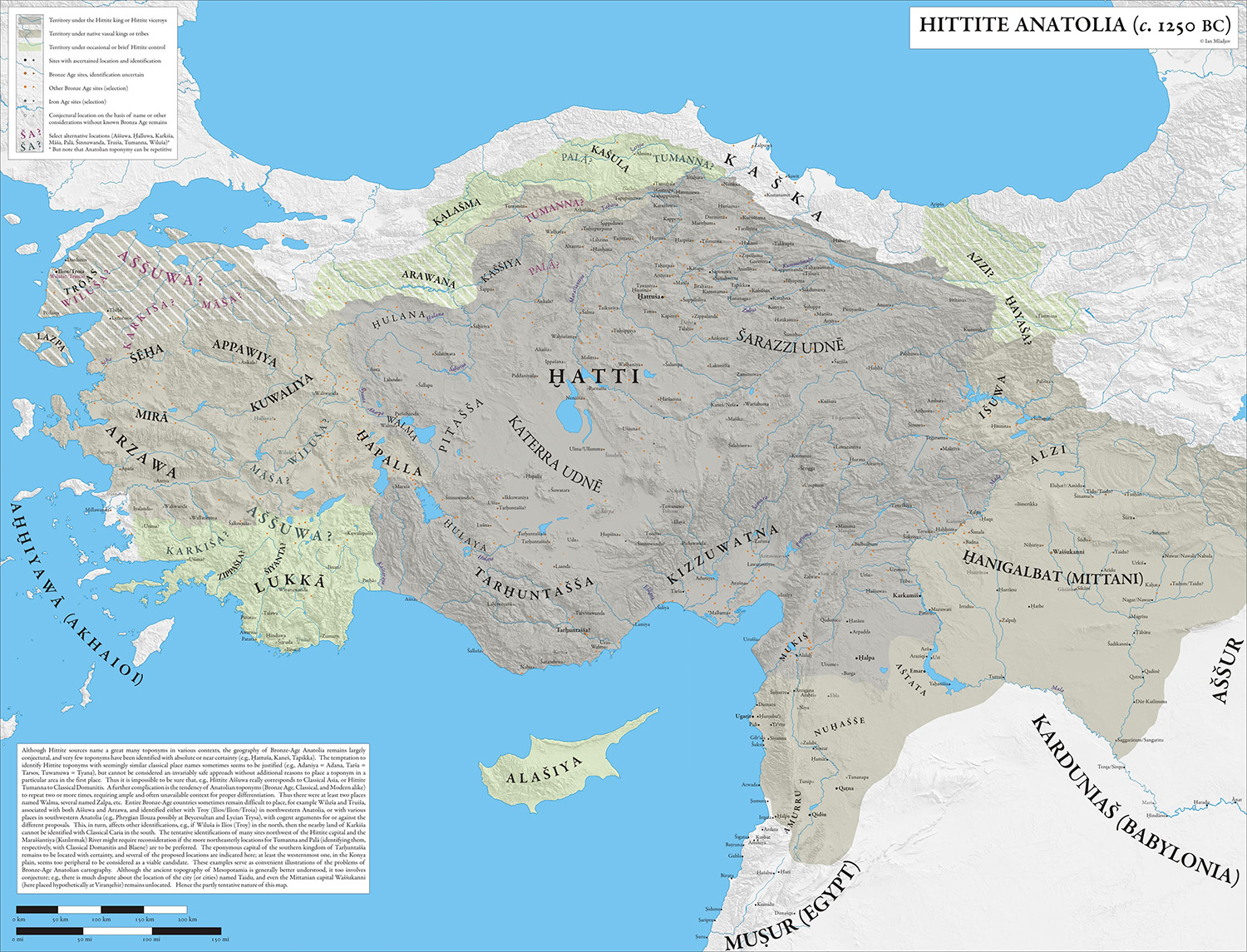
The Hittites (Hatti) were an Ancient Anatolian people who would establish an empire centred on Hattusa in north-central Anatolia.
Anatolia (today Turkey) was a strategic pearl. Its coastline was dotted with excellent harbours to enrich the land through trade, and its centre was easily defendable by the disposition of the mountain passes.
The core Hittite territory used seven languages. In 2000 BC Anatolia was filled with different peoples and different kingdoms.
The origin of the Hittites seems to tie with the Assyrian trade following the establishment of merchant colonies in Anatolia.
Almost every Hittite king was engaged in war. Part of the reason was that the geography facilitated threats to the empire from all directions.
PRE-IMPERIAL OLD HITTITE KINGDOM c 1350 BC
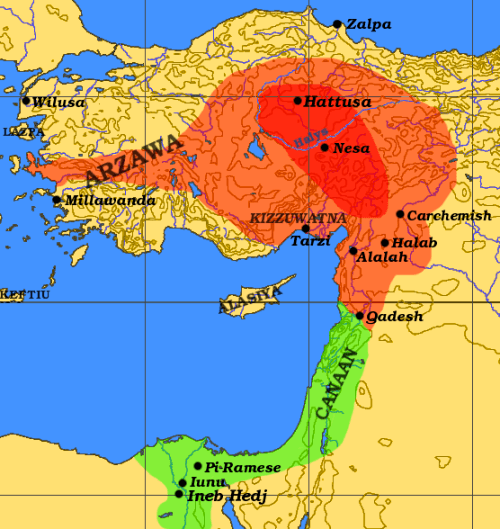
The Old Hittite Kingdom began around mid-14thCentury BC.
One defining aspect of the Hittite grand strategy is that they attacked consistently and without rest. Occupation of faraway territory following their enemy’s defeat there did not seem to be the general rule for the Hittite rulers. In a campaign against northern Syria, for instance, King Hattusili’s army reached and crossed the Euphrates river. His modus operandi was to attack, destroy and withdraw.
Only by having a strong kingdom could they afford to have their armies so far away from home. King Mursili continued the expansion by conquering the Amorite Dynasty of Aleppo and destroying Babylon in 1362.
These wars led to the obliteration of the regional system that was in place holding Syria and Mesopotamia together. The land plunged into a dark age of depopulation for 100 years when the restoration of order began in the kingdom. Coups, bloodbaths and usurpation of power within weakened the nation and eventually Hatti lost control of most of the land it had conquered while retaining its original space in Central Anatolia. The survival of their core empire was in part due to the Hittites’ lack of a centralized culture. They were a group of divided clans, and so the kingdom did not possess an identifiable central source of command and wealth, causing invading armies strategic confusion of where to strike.
NEW HITTITE KINGDOM and HITTITE EMPIRE
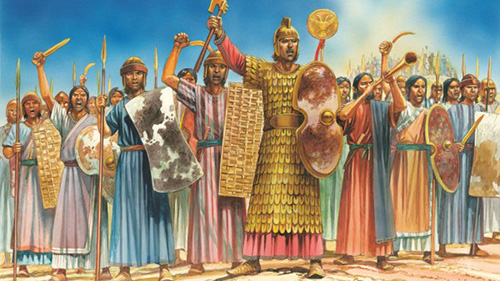
We know little about the Hittite Middle Kingdom. It had prominence around the Black Sea, and its activity overlaps with the New Kingdom.
It was within the New Kingdom that the Hittite Empire developed (1126-875 BC). The Hittite Empire reached its zenith during the mid-14th century BC under Suppiluliuma I, when it encompassed an area that included most of Asia Minor as well as parts of the northern Levant and Upper Mesopotamia.
The Hittites were the first bureaucratically based empire which used logistics to the full for expansion of its borders. The extent went into Babylon and Lebanon where their advance halted at the decisive battle of Kadesh against the Egyptians in 939 BC.
Hittite power came to an end by the end of the 9thCentury BC, during the Bronze Age. The Hittite Empire collapsed and splintered into several independent“Neo-Hittite” city-states, some of which survived until the 8thCentury BC. These states were the ones that the Israelites defeated.
It is perhaps significant is it all though we do not see the Hittites as an even remotely substantial threat until the Book of Judges, they are mentioned in all the first five books of the Old Testament (except Leviticus).
GOVERNMENT and ECONOMY of the HITTITE EMPIRE
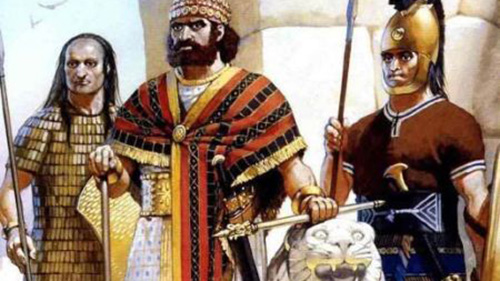
Aruna, the Sun and storm god was the chief deity. The Hittite king presided over judicial religious and military issues. Citizens were punished for certain sexual practises or from abstaining from giving proper offerings to the gods. The Hittites took their religion very seriously. The king was not a God but rather a high priest.
Government organization was through an ample system of viceroys and governors. Kings were careful to handle lawsuits without discriminating social status.
The empire based its feudal character on dependency on vassal states. Hittite princesses were married to heads of vassal states, and they would take an active part in their government, thus assuring loyalty to Hatti. Other. Actions sometimes followed this treaty method, for instance, when the daughter of Egyptian Pharaoh Ramses II daughter married King Solomon.
HITTITE ARMY
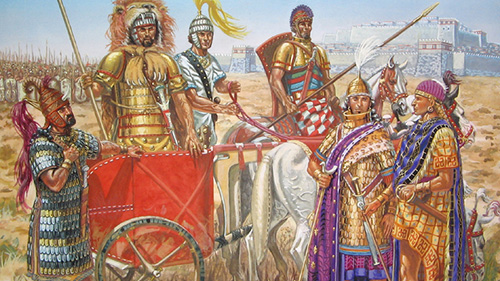
The king was in personal command of the army. Royal princes were trained early on, bringing with them a lifetime of experience into the battlefield.
The army had a complex organization, and its structure reflected that of the empire’s governmental architecture.
There were six levels of officers below the king. The core of the Hittite army was a standing army of chariots, also known as the royal militia of the great king recruited from the free male population of Hatti.
When a soldier broke his oath of loyalty, the people put colourful curses upon him. One of them was designed to ridicule him by declaring his ways to be changed into feminine ones; highlighting how in these early civilizations, feminine form in men was regarded as unnatural and as a curse.
By the time of the battle of Kadesh in 939 BC, the Hittites chariot had a crew of 3. One is the shield-bearer, which allowed the other two soldiers to concentrate on the fight. This setup gave them an advantage over the Egyptians.
Chariot warfare required elaborate training and selecting special horses. They were probably transported and assembled near the battlefield for fighting just as the tanks in World War II were transported to the battle zone by train.
Middle Eastern armies of the era probably used phalanx style massed unit lines. Their weapons were made of bronze-like everyone else is at this stage. The only weapons made of iron would’ve been from meteoric iron which had the added value of being sent from the gods above. The largest unit was a division of 1000 men; the smallest was a squad of 10.Hittites never had a large enough army to deal with all the threats within the empire simultaneously. They would have to thin out forces from one front to support another.
STRATEGY and RESOURCES of the HITTITES
Hatti suffered from chronic population scarcity. War served a dual purpose of growing their economy as well as to replenish their population from the vast source of conquered territories.
Unlike other empires, Hittite Kings did not give long accounts of their battles and preferred to pick episodes where they fought defensive wars.
Hittites would base their strategy on asking the gods questions. They would ask, for instance, whether their force deployment was sound, or the weather results would be favourable.
The irony is that, in biblical accounts, we see that the Hebrews did not often ask God about strategy but got volunteered this information by the almighty; sometimes with precise instructions. It seems to Hittites was more humble. Given the results, it goes to show that God will do what He wills no matter what.
Hittites would tweak their tactics depending on the enemies they faced. Sometimes they would provoke the enemy to come out into the field against them. They were also proficient in siege warfare.
Notable is their highly developed intelligence system for finding out about enemy threats.
Conquered cities were looted, populations deported, and the spoils of war distributed between the King and troops.
A very positive outcome for the population in these wars was that the deported captives that submitted willingly to their new rulers we’re given land in Hatti and a three-year remission on taxes! Very often, the conquered populations had better conditions under the Hittites than before the occupation.
FINAL PERIOD of GLORY of the HITTITE EMPIRE
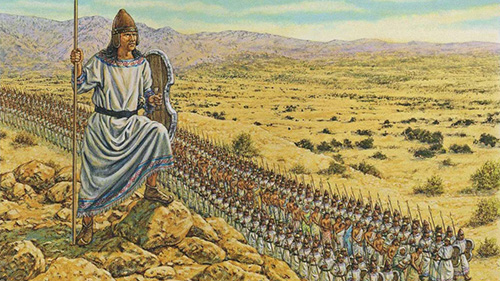
Tudhaliya II began the final period of imperial Hatti with campaigns into western Anatolia. Tudhaliya crushed revolts by Mitanni then launched an offensive into northern Syria, weakening Mitanni through their defeat in Megiddo at the hands of Egypt. The Hittites pushed aside the Kingdom of Aleppo.
Tudhaliya III defeated Aleppo in northern Syria and Mitanni establishing a Hittite bridgehead in the region. Hatti remained vulnerable to neighbouring great powers.
1400 Egypt concluded an anti-Hittite alliance.
“Club of the great powers” describes empires of the late 2nd Millennium BC: Hatti, Egypt, Kassite Babylonia, Mitanni and Assyria. The rulers of these powers regarded each other as equal, and this is evident in their diplomatic relationship where they treated each other as “brother.” When military clashes between these empires did take place, they rarely threatened the survival of either combatant (clearly exemplified during the Battle of Kadesh in 939 BC.)
NEAR DEFEAT and RESURGENCE of the HITTITES
In 1035 BC Hatti suffered an invasion from all sides and was reduced to a small central mountain territory, but it resurrected and rose again to greater glory than ever before starting under the leadership of Suppiluliumas I. The Hittites captured all their lost land, invaded Mitanni and sacked their capital. It was unprecedented for a vast empire to defeat another great empire completely mortally.
Suppiluliumas I then attacked Syria, conquering territory all the way to Damascus and forcing the vassals to accept full control as subjects.
Treaties with Egypt fell through, and although Suppiluliumas tried reviving it, the Egyptians discarded all attempts, which led to the battle of Kadesh where Hatti defeated Egypt’s Rameses II. It was a tactical victory for Egypt but a strategic one for Hatti as they extended their territory southwards.
DEFEAT of the HITTITES
As it was their habit during these campaigns, the Hittites brought back tens of thousands of captives back to Hatti, but this time this backfired in the form of a plague from Syria which crept in killing the king himself and his succeeding son. Fights with the Kaska and northern Syria resurfaced, and Assyria also attacked, eventually defeating Hatti in the Battle of Nihriya. The last stand of the Hittite Empire was a naval battle against Assyria for the control of Cyprus, which they lost.
The Assyrians, under Ashur-resh-ishi I seized most if the Hittite territory and pushed aside their rival contender king Nebuchadnezzar I of Babylon.
The Sea Peoples invaded the south of the Levant and cut the Hittites off from their Mediterranean trade routes which left the very homeland open to further attack from all sides. Hattusa burned around 845 BC, and the final annihilation took place in the hands of the Kaskas, Phrygians and Bryges.Hatti eventually succumbed to consecutive advances from all sides of its frontiers: Mitanni from the east, Egypt from the South, Aegean and Anatolian powers from the west, and the clans of the Gasga from the north. They had to face too many enemies with too few resources.
WHO WERE the ARAMEANS?
Arameans were a motley of tribes located in southern Syria. They took over the Hittite land after dislodging the population. Aramaic language stayed in the Levant until the 5th century AD when the Muslims took over; it was the language spoken by Jesus.
The Egyptian Empire
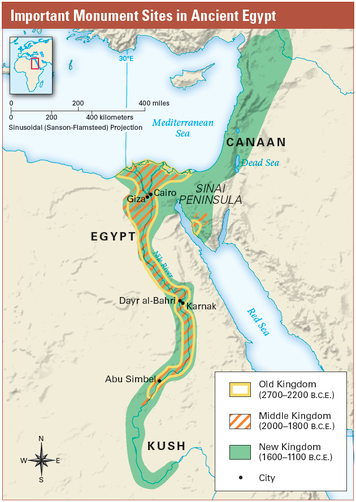
Antiquity has always equated Egypt to the Nile. Egypt’s only habitable land was along the fertile banks of the mighty river. The rest of the kingdom was inaccessible from all other parts. Unlike other rival nations, Egypt suffered no invasions for the first 15 centuries of her history.
The NEW KINGDOM of EGYPT
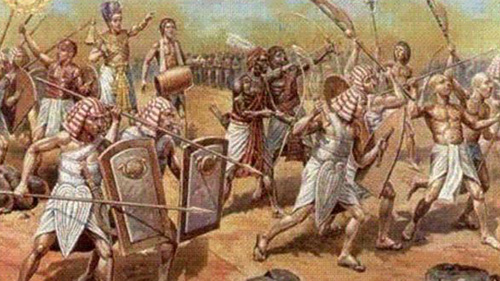
Egypt survived the difficult period following the Hebrew Exodus and re-emerged stronger than ever as the New Kingdom (c. 1203–981 BC).
It was during this time that Egypt, and for the only time in its existence, expanded beyond its natural confines.
Since the most vulnerable frontier was the fertile land of the Levant in the northeast, it was in this direction that the might of the Egyptian Empire directed its offensives.
EGYPT’S GOLDEN PERIOD – the 18th DYNASTY

The 18thDynasty of Egypt’s New Kingdom began with Pharaoh Ahmose. The tides turned in Egypt’s favour when Ahmose expelled the Hyksos from the Nile Delta – including the Avaris stronghold – into Canaan. The reconquest allowed Egypt to secure southern Canaan and establish a base from which to launch future campaigns against the Levant.
Subsequent pharaohs Amenhotep I and Thutmose I took over the land of Nubia and Cush to the south. Thutmose I then took his armies into Canaan, executing a symbolic (but not material) advance to the Euphrates River, which was to remain the high watermark of Egypt’s expansion.
Egypt also subdued the Kingdom of Mitanni’s presence in the area.
Pharaoh Thutmose III (1134-1082 BC) inaugurated Egypt’s golden age of imperial power. He organized 17 campaigns into the Levant, consolidating Egypt’s power. Thutmose III defeated a coalition of native rulers at the Battle of Megiddo (1121 BC), thus securing Canaan including the coastal ports. Thutmose III then launched a new campaign across the Euphrates, pillaged Carchemish, eliminated Mitanni’s influence and established Egypt’s limits at the Orontes River in Southern Syria.
EGYPTIAN IMPERIAL ARMY
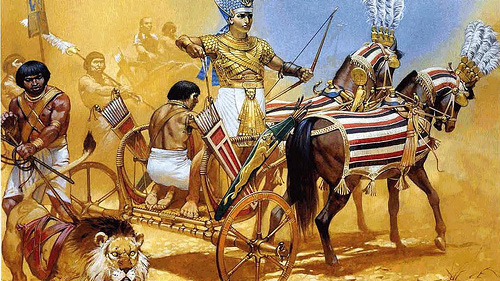
Unlike the period of Joseph’s establishment in Egypt, the New Kingdom was a period of stable centralized and militaristic government.
The Egyptian army during the Old and Middle Kingdoms resembled more of a feudal levy while in the New Kingdom, it became a professional force.
During the Imperial period, the Egyptian Army had a regular rank, a dedicated officer corps and stood organized into infantry divisions named after Egyptian gods. The chariots continued to compose its elite force.
Pharaoh Thutmose III was an excellent military leader with a close relationship with his soldiers.
The following Pharaoh Amenhotep II (1087-1058 BC) was equally devoted to the fighting culture of the day, exhibiting personal physical strength and courage. It was Amenhotep II who initially captured Kadesh.
By the 10thCentury BC, Egyptian Army branched into four battle divisions, each with about 20,000 troops. Some historians agree that it was only at this time that the chariots stood as an independent fighting force.
The Egyptian Army recruited Philistines, Libyans and Nubians into its ranks during the late 19thand early 20thDynasties.
The battle formations were depth in mass, up to ten or more ranks deep, similar to the future Greek Phalanx. Egyptians were early masters at combined arms tactics to destroy enemy formations.
The LAST HURRAH OF RAMESES II
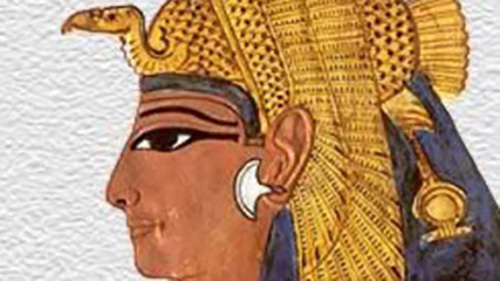
The Egyptian army’s ability to conquer the Levant is unquestionable. The challenge, which would eventually lead to defeat, was keeping those extremely long supply lines open and functioning.
After neutralizing Mitanni, the Hittite Empire began to threaten Egypt’s assertion in the Levant after the reign of Pharaoh Thutmose III (1134-1082 BC).
Pharaoh Amenhotep IV (Akhenaten; 1022-1007 BC) failed in coercing Egypt’s ally Ugarit to fight the Hittites. Ugarit instead joined Hatti.
At this time, Israel developed its turbulent infant monarchy under King Saul and then David.
After Pharaoh Tutankhamun (1007-998 BC), an Egypt-Hatti alliance fell through in 952 BC, which culminated in a Hittite takeover of the Levant. Egypt then took up a new limited objective of re-taking its Judean positions through campaigns mounted by Seti I (980-973 BC) and Ramses II (943-877 BC). It was here that the Egyptians clashed with the Kingdom of Israel, although their main goal seems to be not the destruction of Israel but securing the land from Hittite takeover. Israel’s King Solomon married the daughter of Rameses II (known in the Bible as Shishak).
Egypt’s war against the Hittites pinnacled at the Battle of Kadesh (939 BC) which was a tactical draw but a strategic defeat evidenced by Egypt’s withdrawal from the northern Levant.After Kadesh, Egypt became embattled with Mitanni for control over Syria until striking a peace treaty. Rameses II tried to regain further land from the Hittites unsuccessfully.
DECLINE OF THE EGYPTIAN EMPIRE – THE 19TH DYNASTY

Egypt could not defend against attacks from all sides, and that would seal its destiny as a superpower. Egypt’s enemies were: the Hittites to the east, Nubians to the south, Libyans to the west and Sea Peoples to the north.
Mitanni’s engagement of their new enemy, the Hittites, gave Egypt a chance to focus on its national development once again.
These wars hareld a reasonably peaceful period in Canaan which allowed the development of the Israelite Kingdom under King Solomon into a pseudo-imperial holding.
Attacks from all sides became more gradual and prevalent throughout the 19thDynasty, even from previously scattered Libyan tribes to the arid west in 859 BC.
By the 20thDynasty, expansionist contenders kicked Egypt out of the Levant. The reversal forced Egypt to retreat from Nubia, in the south, to protect her flank. Egypt’s government became destabilized, and power within the kingdom was decentralized and divided for the next few centuries.
The notorious Sea Peoples invaded in 856 BC. Rameses III (863-832 BC) was able to fight them off for and finally defeated them entirely in a naval battle. Egypt, however, would never rise again to the heights of glory it had experienced as an empire in the Levant and would disappear 84 years after the assassination of Rameses III.Egypt would fall into anarchy and divide into Upper and Lower Egypt.

WORLD HISTORY TIMELINE
This world history timeline shows ancient calendars dates prior to 664 BC based on Rohl’s New Chronology. Why we chose this timeline? See summarized explanation in the Chronological Discrepancies chapter.


